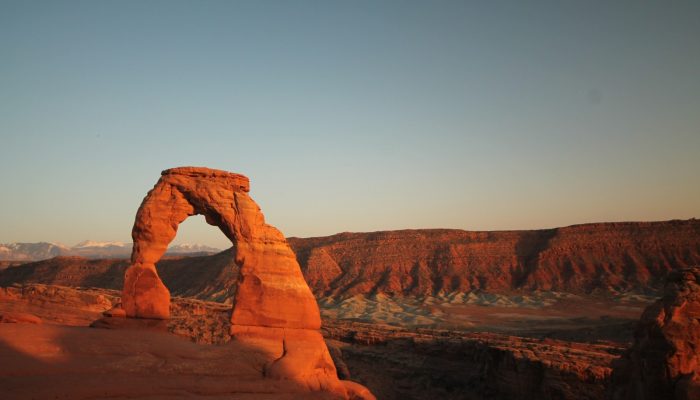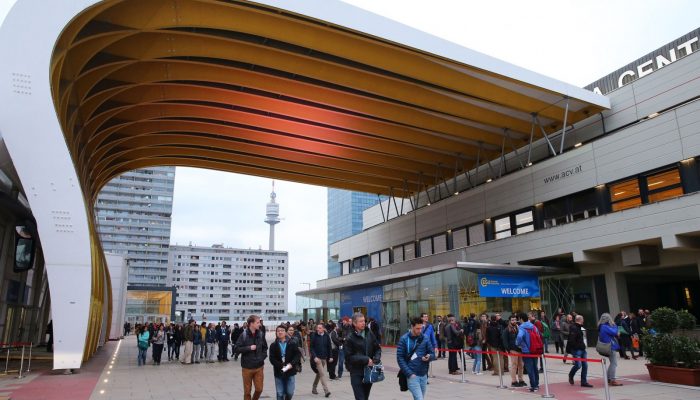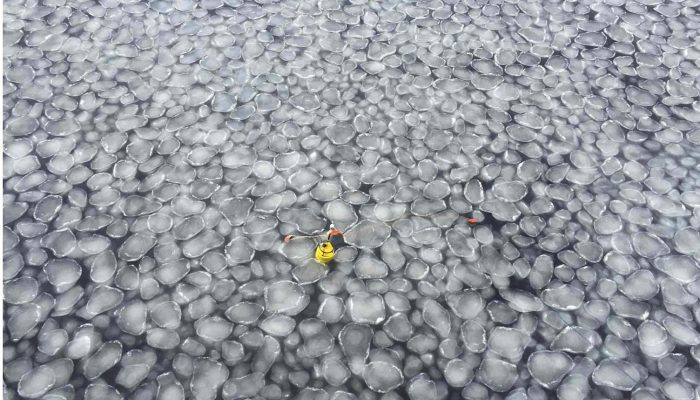In the May issue of the Life of a Scientist we have the pleasure to talk to Prof. Ilya Usoskin from the Univeristy of Oulu, Finland. Among numerous things, he is the head of the Oulu Cosmic Ray station and receipent of this year’s Julius Bartels EGU Medal; a decision that was based: “on his contributions to the understanding of the heliosphere, long-term changes in the solar activity ...[Read More]
Cryospheric Sciences
Image of the Week – Cure from the Cold?
Humans rely on antibiotics for survival, but over time they are becoming less effective. So-called ‘superbugs’ are developing resistance to our most important drugs. The key to this global issue may be found in the cryosphere, where extreme microbiologists are hunting for new compounds in the cold that could help us win the war against antimicrobial resistance. Discovering drugs in Earth’s coldest ...[Read More]
Seismology
The new ECS-reps team of the Seismology Division!
At the EGU General Assembly 2018, a new team of Seismology Early Career Scientist representatives was introduced and installed. With more than half of the EGU membership consisting of Early Career Scientists, the team represent an important part of the community and want to be approachable for all. They will be responsible for the Seismology blog, organize the yearly short course “Seismology for n ...[Read More]
Geochemistry, Mineralogy, Petrology & Volcanology
Fire, Fog, Frost, Famine – French Revolution? The Lakagígar eruption in Iceland, 1783-1784 [Part 1]
“On the 8th of June 1783, at Whitsun, there gushed forth from the mountains behind the summer pastures a fire which devastated land, cattle and humans with its effects, both nearby and far away”, wrote Reverend Jón Steingrímsson of Kirkjubæjarklaustur in his autobiography [2]. The “fire” which welled up from a volcanic fissure now known as Lakagígar (the craters of Mount Laki) was the biggest floo ...[Read More]
Geodynamics
To serve Geoscientists
The Geodynamics 101 series serves to showcase the diversity of research topics and methods in the geodynamics community in an understandable manner. We welcome all researchers – PhD students to professors – to introduce their area of expertise in a lighthearted, entertaining manner and touch upon some of the outstanding questions and problems related to their fields. For our latest ‘Geodynamics 10 ...[Read More]
Stratigraphy, Sedimentology and Palaeontology
Famous geological sites: Delicate Arch, Utah
Delicate Arch is probably the most spectacular natural arch in Arches National Park, Utah. Delicate Arch is made of the Middle Jurassic Entrada Sandstone, which was deposited in various environmental settings, particularly beaches, tidal mudflats and deserts. Arches National Park attracts more than 1.5 million visitors per year.
Cryospheric Sciences
Image of the Week – Why is ice colourful?
When you think of glacier ice, what colour first springs to mind? Maybe white, blue or transparent? Well, glacier ice can, in fact, be mesmerising and multi-coloured! Our image of the week shows thin sections of glacier ice under polarised light. These sections were cut from block samples of two Alpine glaciers in Switzerland (Chli Titlis and Grenzgletscher). In these images the individual ice c ...[Read More]
Geodynamics
EGU 2018: convening a session
The European Geosciences Union (EGU) General Assembly 2018 took place in Vienna, Austria, from 8–13 April 2018 and brought together geoscientists from all over the world to one meeting covering all disciplines of the Earth, planetary and space sciences. If you are an early career research, convening a session at the EGU General Assembly can seem intimidating, especially if you are a first-time con ...[Read More]
Natural Hazards
Permafrost fever, do we need a doctor?
Today we will shed some light on permafrost thanks to Dr. Dmitry (Dima) Streletskiy. Dima is an Assistant Professor of Geography and International Affairs at the George Washington University. He leads several research grants focusing on various aspects of climate change and its impacts on natural and human systems in the Arctic. Streletskiy is the President Elect of the United Sates Permafrost Ass ...[Read More]
Cryospheric Sciences
Image of the week — Making pancakes
It’s pitch black and twenty degrees below zero; so cold that the hairs in your nose freeze. The Arctic Ocean in autumn and winter is inhospitable for both humans and most scientific equipment. This means there are very few close-up observations of sea ice made during these times. Recently, rapidly declining coverage of sea ice in the Arctic Ocean due to warming climate and the impending likelihood ...[Read More]

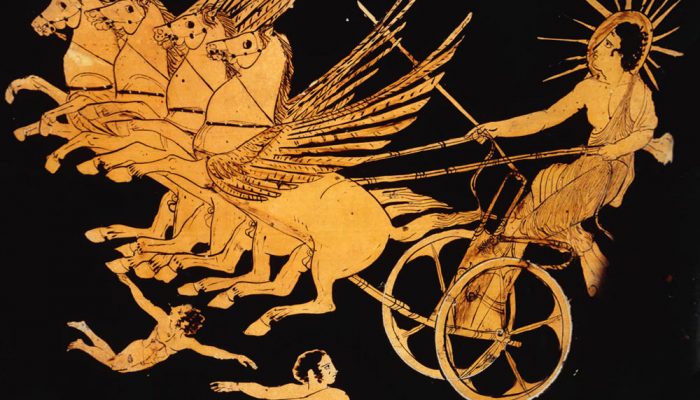
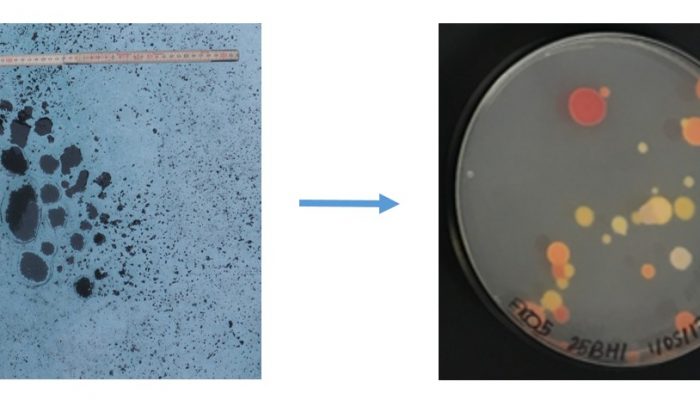
![Fire, Fog, Frost, Famine – French Revolution? The Lakagígar eruption in Iceland, 1783-1784 [Part 1]](https://blogs.egu.eu/divisions/gmpv/wp-content/blogs.dir/19/files/2018/05/Figure1_southwestern_fissure_edit-700x400.jpg)

